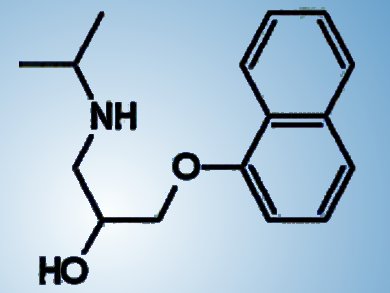A variety of trace organic contaminants are frequently detected in municipal wastewater effluent. Incomplete removed during biological wastewater treatment, reverse osmosis, ozonation, and granular activated carbon can remove many trace organic contaminants. However, this additional treatment is expensive and often produces wastes that require disposal.
Open-water cells in unit process treatment wetlands can be used to exploit sunlight photolysis to remove trace organic contaminants from municipal wastewater effluent. Justin T. Jasper and David L. Sedlak, University of California, Berkeley, CA, USA, evaluated the potential of these novel systems. They developed a photochemical model and calibrated it by using measured photolysis rates for atenolol, carbamazepine, propranolol, and sulfamethoxazole in wetland water under representative conditions. Contaminant transformation by hydroxyl radical and carbonate radical were predicted from steady-state radical concentrations measured at pH values between 8 and 10. Direct photolysis rates and the effects of light screening by dissolved organic matter on photolysis rates were estimated using solar irradiance data, contaminant quantum yields, and light screening factors.
Jasper and Sedlak found that during summer, open-water cells that receive a million gallons of water per day (about 3.8 million L/d or 4.4 × 10–2 m3/s) of nitrified wastewater effluent can achieve 90 % removal of most compounds in an area of about 15 ha. Transformation rates were strongly affected by pH. Lower dissolved organic carbon concentrations typically resulted in increased transformation rates.
- Phototransformation of Wastewater-Derived Trace Organic Contaminants in Open-Water Unit Process Treatment Wetlands,
Justin T. Jasper, David L. Sedlak,
Environ. Sci. Technol. 2013.
DOI: 10.1021/es304334w




